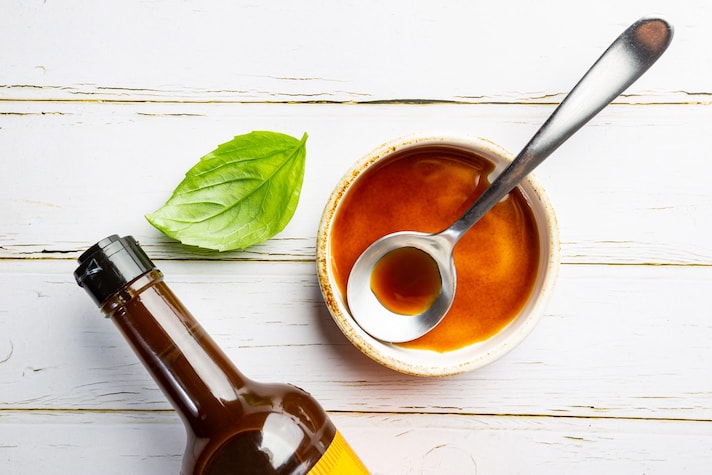
Has it ever happened to you? You’re reading a recipe, and there it is – coconut aminos. Your first thought might be, "Right, so what is that?" followed closely by, "Do I really need it, or can I substitute it with something a little less… weird sounding?" The good news is, yes, you can substitute it, and there are several great options. But first, let’s uncover the mystery of coconut aminos.
What Are Coconut Aminos?
Coconut aminos are a sauce made from the fermented sap of coconut palm and sea salt. They have gained popularity in recent years, especially in health-conscious and gluten-free cooking circles. Why? Because they offer a soy-free, gluten-free alternative to soy sauce, with a slightly sweeter and less salty taste. The flavor is mild and slightly savory, making it a versatile addition to many dishes without overpowering them. Think of it as the gentle, laid-back cousin of soy sauce.

Soy Sauce
One of the most common substitutes for coconut aminos is good old soy sauce. It's readily available and mimics the umami flavor that coconut aminos bring to a dish. For every tablespoon of coconut aminos, you can use an equal amount of soy sauce. However, soy sauce is saltier, so you might want to reduce other sources of salt in your recipe. Keep in mind that regular soy sauce contains gluten, but gluten-free versions are available for those with dietary restrictions.
Tamari
If you’re looking for a gluten-free option, tamari is an excellent choice. Tamari is a type of soy sauce that’s made without wheat, offering a rich, savory flavor similar to coconut aminos. Use tamari in a 1:1 ratio as a substitute for coconut aminos. Its robust flavor works well in stir-fries, marinades, and salad dressings, providing that umami punch without the gluten.
Liquid Aminos
Another great alternative is liquid aminos, which are made from soybeans but are naturally gluten-free. Liquid aminos have a slightly sweeter taste than soy sauce but are still rich in umami flavor, making them a suitable replacement for coconut aminos. Again, use them in a 1:1 ratio. They’re perfect for seasoning vegetables, rice dishes, and even soups, adding depth and a touch of sweetness.

Worcestershire Sauce
For those who enjoy a bit of a flavor adventure, Worcestershire sauce can be an interesting substitute. It has a complex flavor profile with tangy, savory, and slightly sweet notes. Use it sparingly, though – start with half the amount called for coconut aminos and adjust to taste. Note that traditional Worcestershire sauce contains anchovies and gluten, but there are vegan and gluten-free versions available. It’s ideal for marinades, stews, and sauces where you want a richer, more layered flavor.
Fish Sauce
If you’re not vegan or vegetarian, fish sauce can be a powerful substitute. It’s intensely savory and adds a deep umami flavor to dishes. Due to its strong taste, use it sparingly – about half the amount of coconut aminos called for in the recipe. Fish sauce is perfect for Thai and Vietnamese dishes, but be cautious as it’s significantly saltier and more pungent.
Balsamic Vinegar
For a touch of sweetness and acidity, balsamic vinegar can step in as a substitute. It’s quite different from coconut aminos but can work well in salad dressings and glazes. Use equal parts balsamic vinegar, but remember it’s much tangier and sweeter, so adjust other ingredients accordingly. This option is gluten-free and adds a unique flavor twist to your dishes.
;Resize,width=767;)
